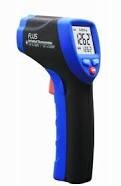OntarioLes
New member
With my 08 Suzuki Boulevard Trike I experience a lot of steering wobble, especially at slow speeds over rough surfaces. I had read some info about rake and trail for the front forks - would like to know more. Also I wonder if anyone has ever installed a steering damper on the front assembly. If so where would I get one - I am located in Ontario, Canada. Perhaps Lee - Mann will see this and have some suggestions. (Thinking)







